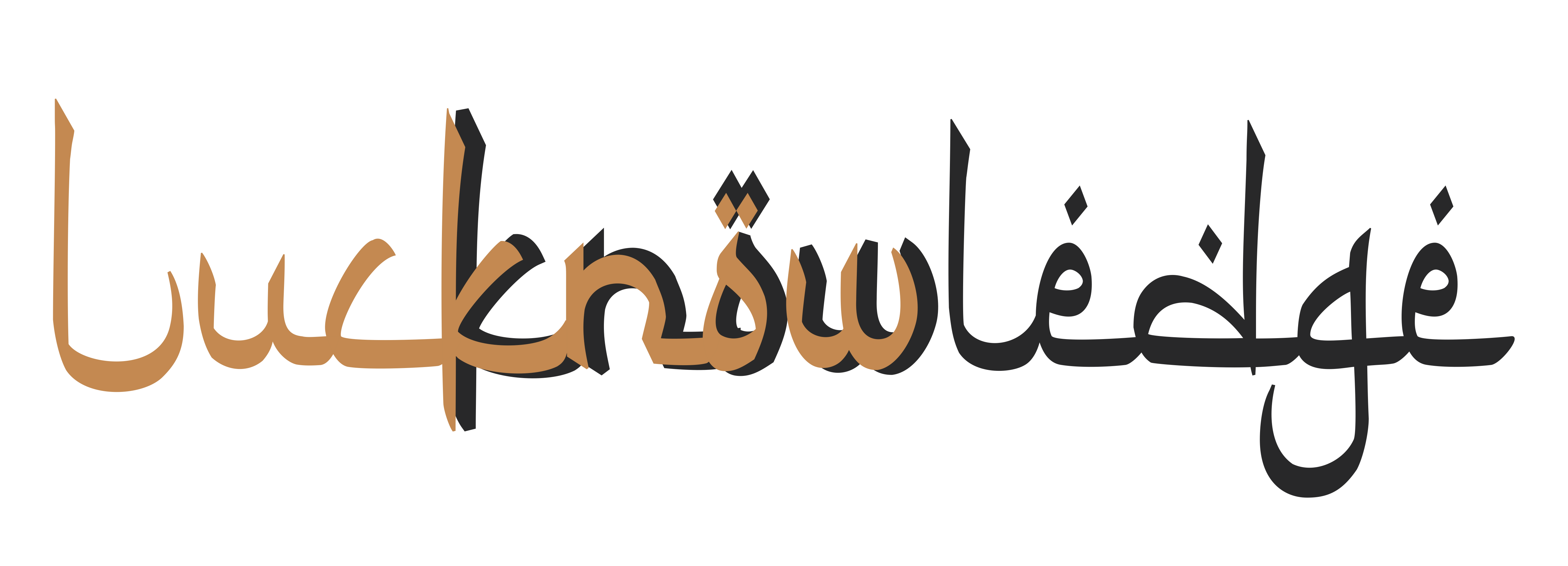Volume: 11, No: 10 ; October-2017
This story begins with a legend. From a 13th century Korean chronicle – Karak Sam Kuk Yusa – of the emergence of six princes from a clutch of golden eggs, descended from the heavens in a gilded casket wrapped in red silk.
The princes miraculously attain adulthood within twelve days. Suro – the eldest – is crowned first king of the Kara dynasty and ruler of Geumgwan Gaya. His siblings take over five other lesser Gaya’s (fiefdoms? ) forming a confederacy under their mighty brother.
In the meantime (approx. 48 AD) thousands of miles South, the king and queen of Ayodhya, (the birth place of Hindu God Rama) simultaneously experience dreams that prophecy their daughter’s betrothal to the the new king across the seas.

Queen Heo Hwang-ok and King Kim Soo-ro of Geumgwan Gaya
The beautiful princess Sri Ratna (precious jewel) duly sets sail on a boat sporting red silk sails, with a couple of her male siblings in attendance, and with a few magic imbued stones to protect her on the long and arduous sea journey to keep her destined date with the great King Suro. No storm or scheming courtiers can prevent their divinely ordained union.
And so it turns out that nearly a tenth of the population of Korea – all citizens with the clan names of Kim and Huh/ Hoon/ Heo from Gimhae and Lee from Incheon – apparently share their gene pool with the descendants of the royal family of Ayodhya! And by default, Rama himself!
The proof? The ‘magic’ stones arranged in a neat pile in the pagoda near the grave site of Queen Heo Hwang-Ok – the former princess ‘Suri Ratna’ – in Gimhae, South Korea.
And a unique (to Korea) stone carving of twin kissing fishes on the gate to King Suro’s tomb nearby, traced back to the heraldry of the kingdom of Awadh! (The name for the region, borrowed from ‘Ayodhya’, and later corrupted to the colonial Oudh.) We did spot several carved fish symbols on doorways across its erstwhile capital Lucknow.
It seems Indo-Korean connections go back eons before their chaebols set up shop in the subcontinent!
A fish story? Shall let you decide.
Credits : Madhu / The Urge To Wander. Madhu writes a blog, 'The Urge To Wander'. The above story is shred here without any editing, only with the change in the heading. The original heading of this is 'The Twin Fishes Of Ayodhya'
LUCKNOWLEDGE is an initiative by Tornos. We do not intend to intrude your privacy and thus have an automated UNSUBSCRIBE system. At any point you may unsubscribe to our e-column or subscribe to it again through a link on our website. The above article is shared and in no way intends to violate any copy right or intellectual rights that always remains with the writer/publisher. This e-column is a platform to share an article/event/update with the netizens and educate them about Destination Lucknow.




